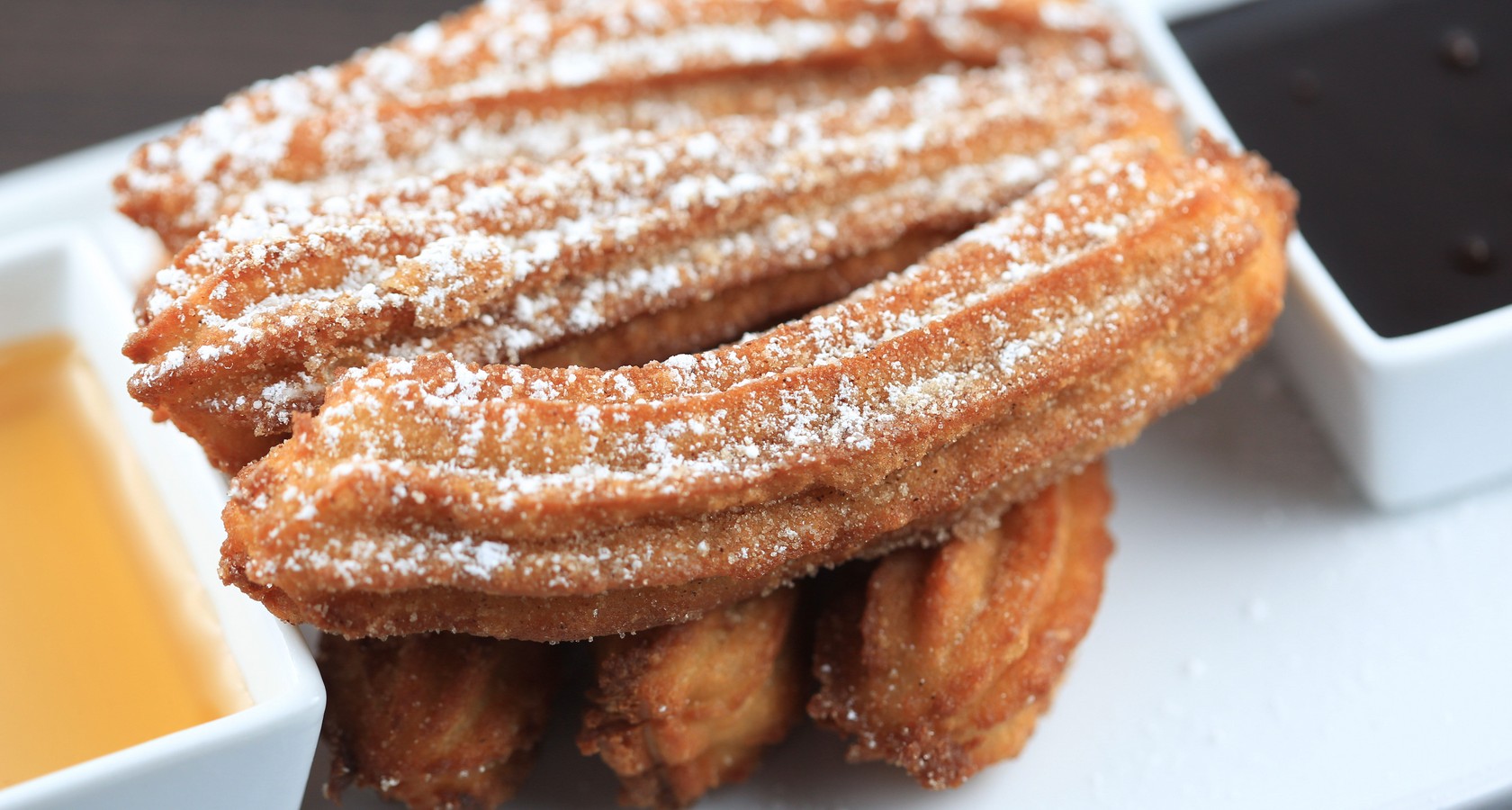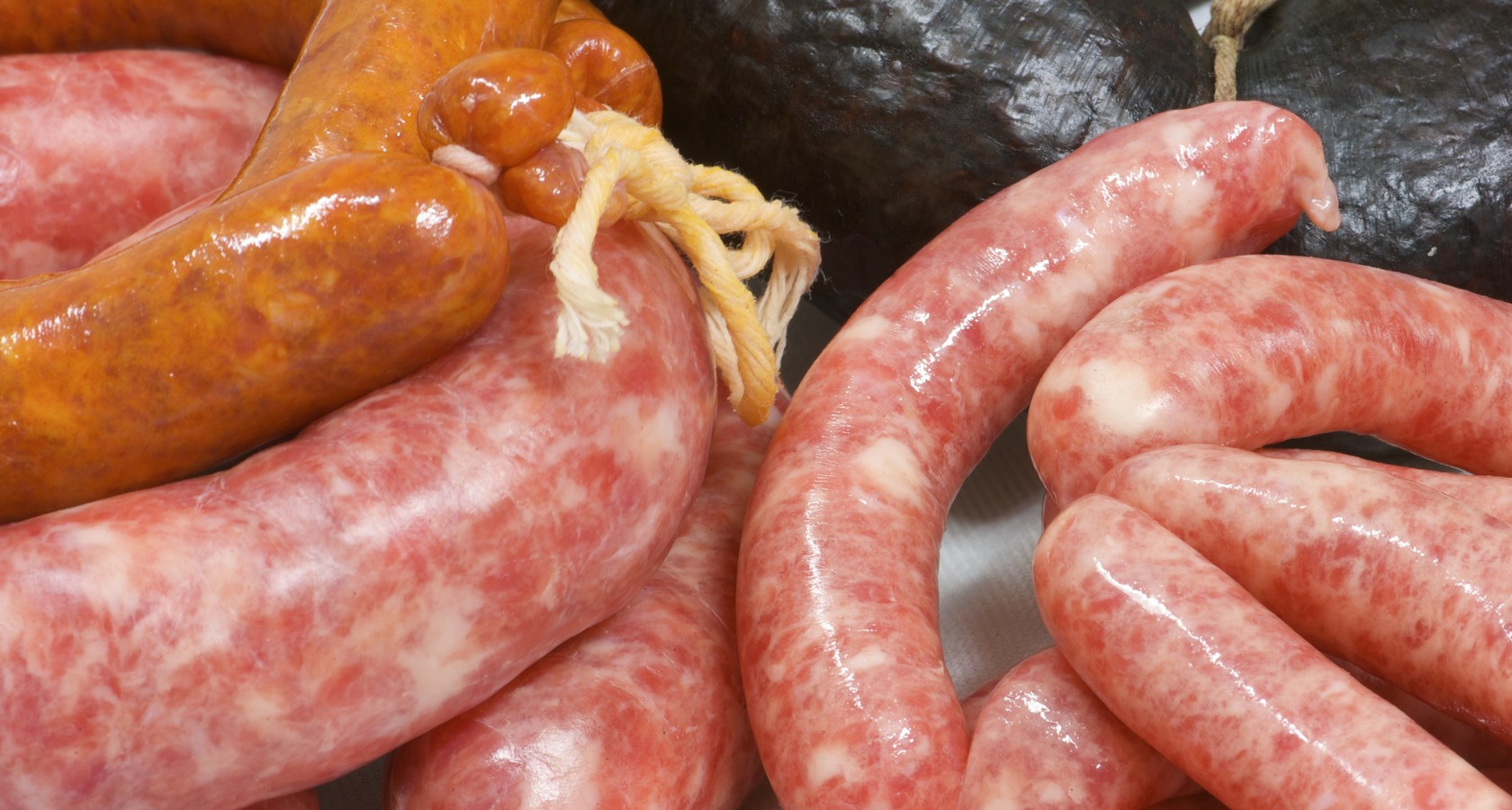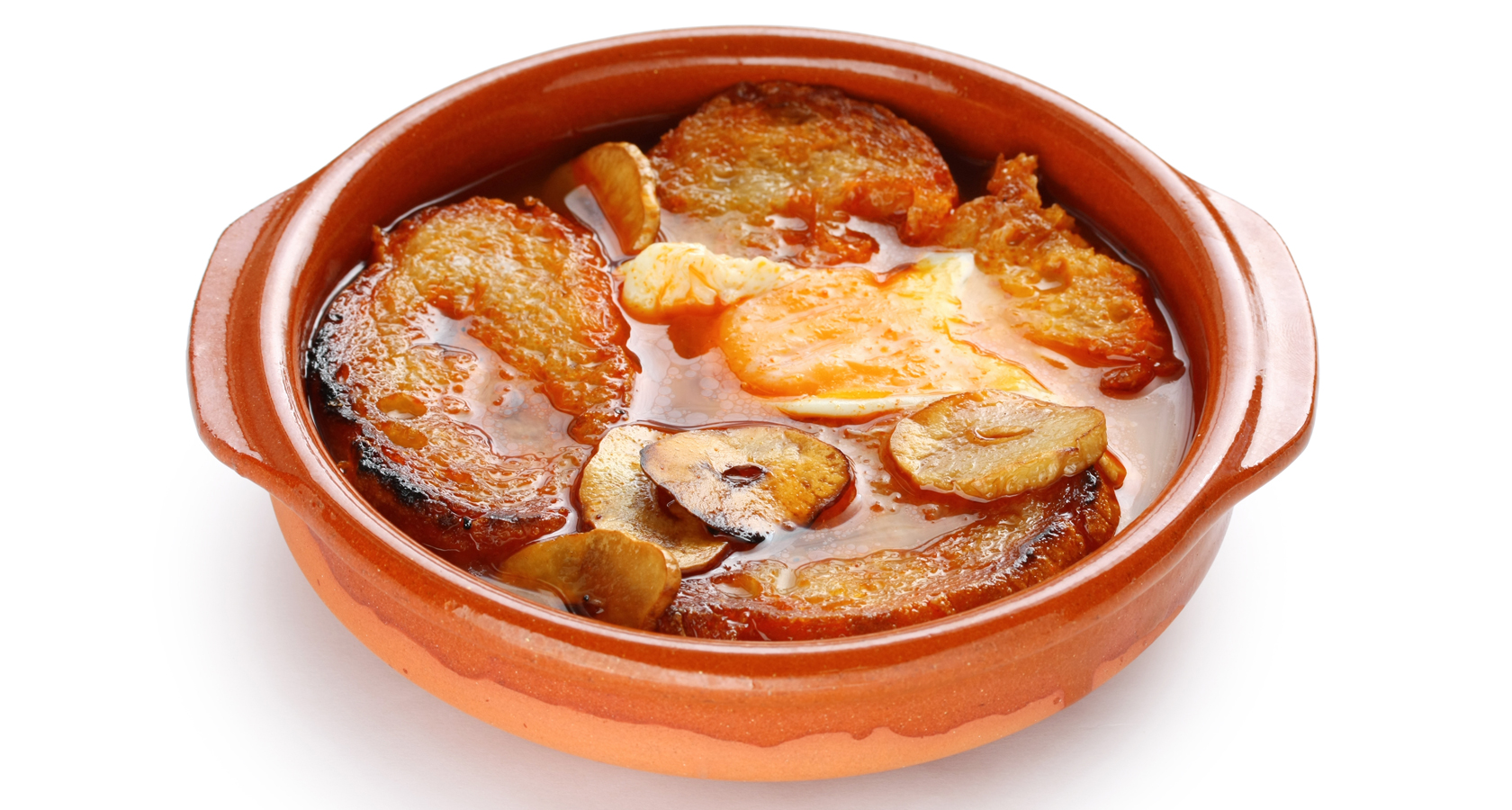
Spanish gastronomy boasts a very wide variety of dishes, for which it is renowned the world over.
The Mediterranean diet is the most prevalent in the country; it is also one of the healthiest in the world.

No visitor should leave without tasting such typical dishes as:
No visitor should leave without tasting such typical dishes as:
- Paella (based on rice). This is arguably the best-known dish outside Spain. Its main ingredient, rice, can be accompanied by a variety of other ingredients. Paella comes in several varieties: seafood, fish, meat or mixed (with meat and vegetables).
- Spanish (Potato) omelette. A staple dish in every Spanish home, using very basic ingredients: all you need are potatoes, beaten egg and salt, which are then cooked in a frying pan with olive oil.
- Pulse stews (chickpeas, lentils, beans…). These staples of Spanish gastronomy require more preparation and ingredients than an omelette, but they too are also simple and economical. Pulses, vegetables, and potatoes, with a little meat, chorizo or black pudding.
- Fish (all types). Spain is blessed with thousands of kilometres of coastline, enabling the Spanish to enjoy abundant supplies of fish from its coastal areas as well as from its many waterways. Fish is most commonly served fried in olive oil or baked in the oven, but can also be presented in many other ways.
- Meats (pork, lamb, rabbit, chicken…) prepared in a plethora of different ways and styles. Taking pride of place amongst the farm animals is the pig – and the Spanish savour every last morsel of the animal – but they also eat their fair share of chicken and lamb. Another type of meat eaten in Spain is the product of hunting game such as wild deer or boar, which are mainly spit-roasted.
- Salads in Spain abound in variety, dependent on which the part of Spain you are in, and the time of the year. It depends a good deal on the climate and on the type of produce that is in season. The most typical accompaniment to salads is a vinaigrette, made with oil, vinegar and salt.
- Hot and cold soups (garlic, gazpacho, salmorejo…). Cold soups take pride of place in the south and during the far hotter summer months. Based mainly on tomato, Gazpacho and Salmorejo are served cold. Winter soups are usually based on vegetables with the addition of a little meat and noodles or rice, along with chunks of bread.
- Spaniards lag far behind the Italians as consumers of pasta, but it is also very popular and easily obtainable in this country. Visitors will find a plethora of restaurants specialising in pasta.
- Cheeses and cured meats (where ham is king). The Spanish are great fans of cheese along with sausage products such as chorizo, pepperoni, salami… a firm favourite being ham. Coming from the leg of the pig, the ham comes in a wide variety of types and qualities, the best and most widely known of which is Pata Negra.
- Sweet products (notably churros). The choice of artesan-created products is endless, with something sweet for practically every moment of the day: breakfast, mid afternoon or after dinner; some of these are produced for religious festvals, such as roscos de pascua at Easter and huesos de santo – or marzipan “bones” – for All Saints day.
